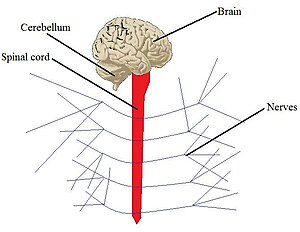Home » 2011 February 28 » Biological system
4:38 PM Biological system |
 In biology, a biological system (or organ system or body system) is a group of organsmammals and other animals, seen in human anatomy, are those such as the circulatory system, the respiratory system, the nervous system, etc. that work together to perform a certain task. Common systems, such as those present in A group of systems composes an organism, e.g. the human body. Human Systems Humans have a variety of systems due to the complexity of the species' organism. These specific systems are widely studied in Human anatomy. "Human" systems are also present in many other animals.
|
|
|
| Total comments: 0 | |
